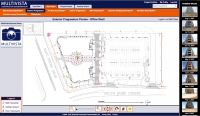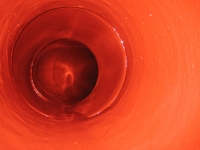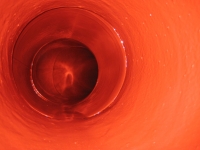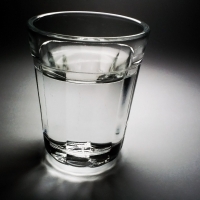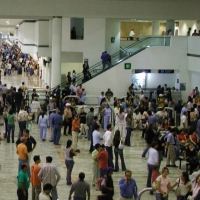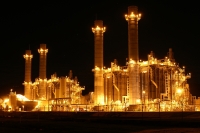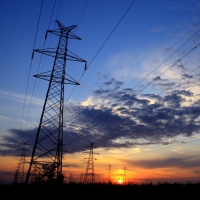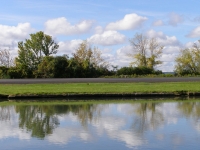Construction Documents Technology Proves Cost-Effective
Mon, Mar 12, 2012Construction documents technology uses in-progress photos and video footage to offer a significant improvement over the traditional method of producing "as-built" drawings.
Construction documentation technology has multiplied the advantages of the traditional �as-built� process, in which a red pen and the memory of the construction superintendent were the primary tools. Along with (or instead of) a set of marked-up drawings as a final contract deliverable, a more comprehensive construction journal is possible with the new construction documentation technology, which electronically captures the �as-built� process and cross-references electronic drawings to digital photographs.

